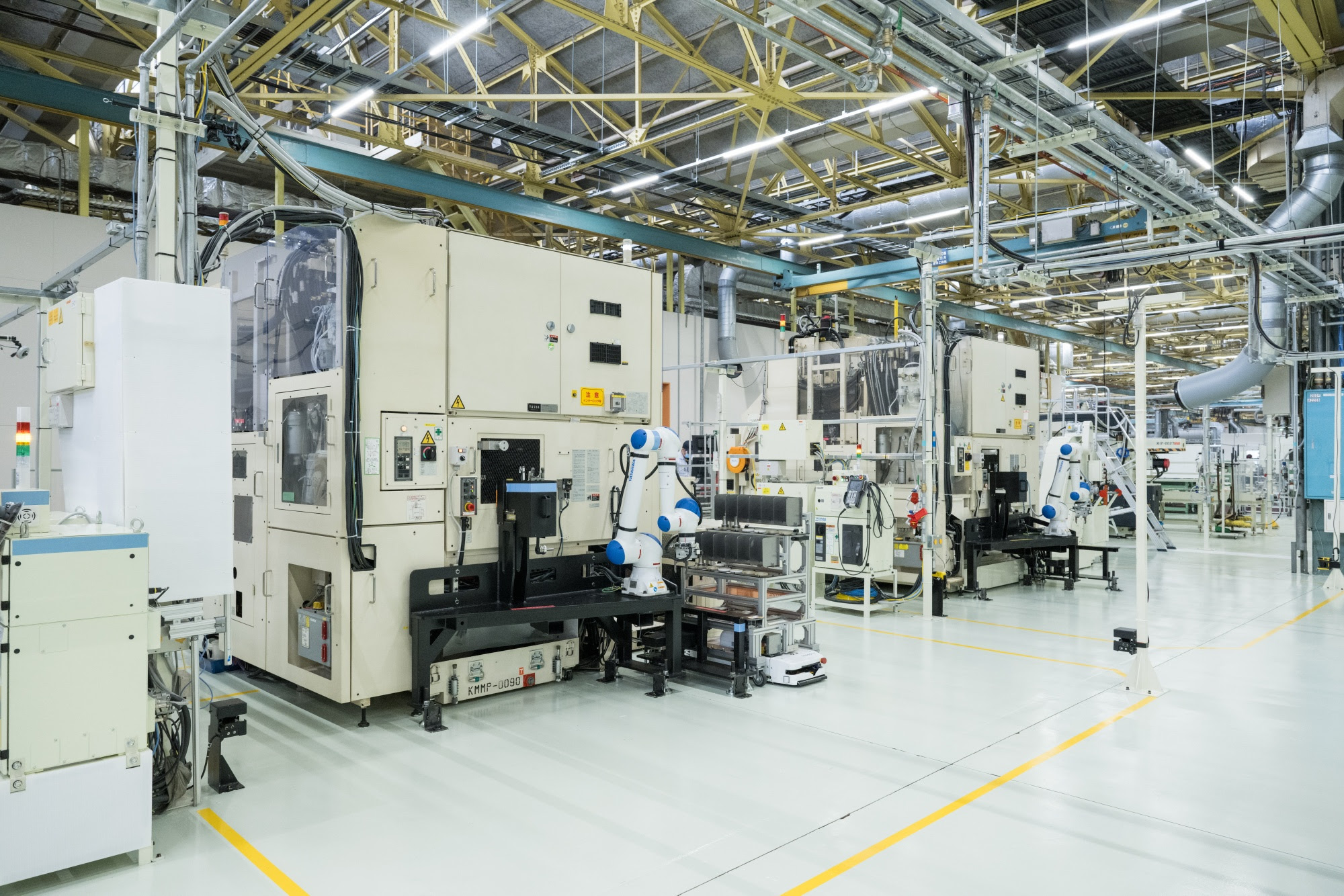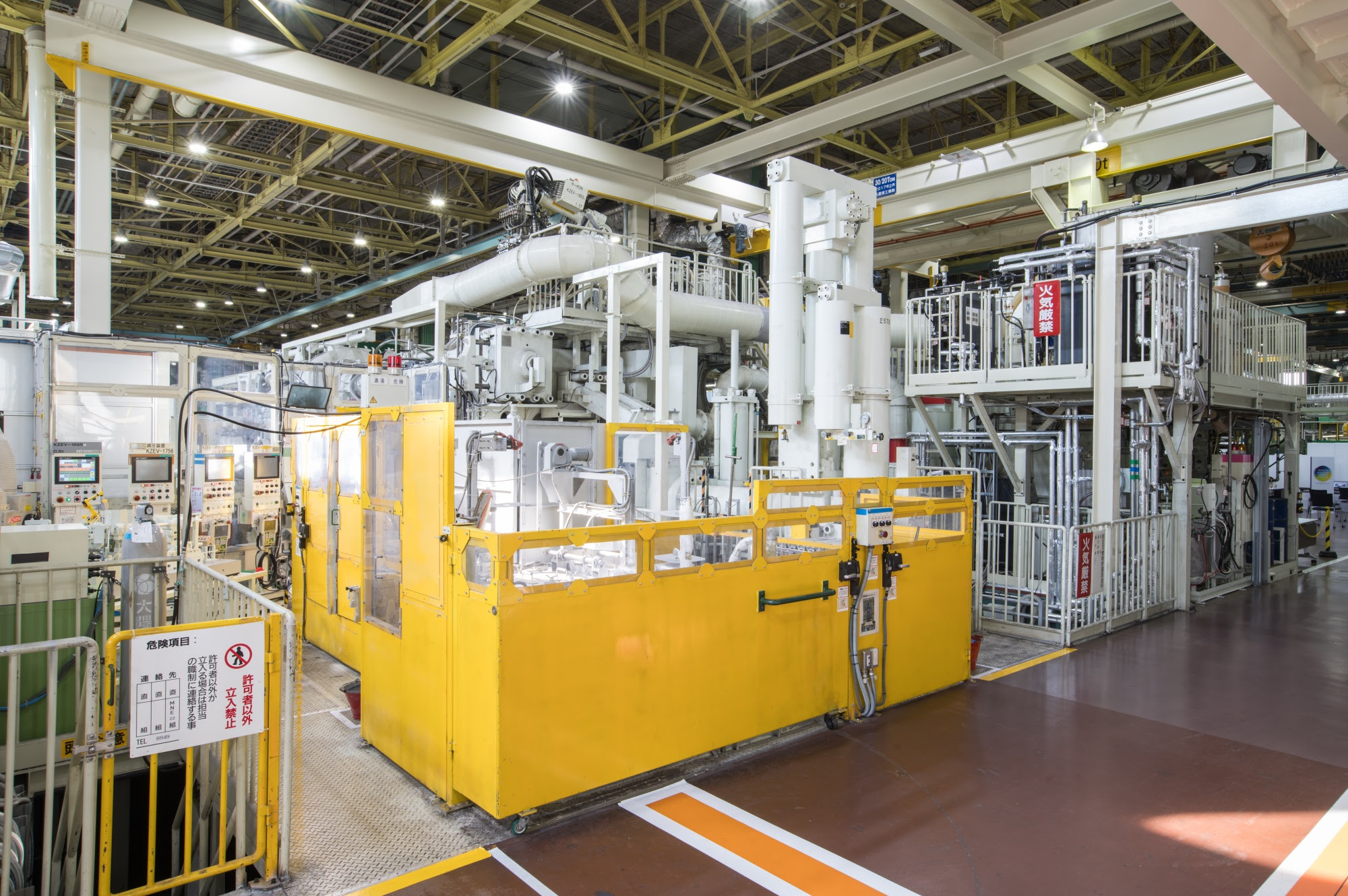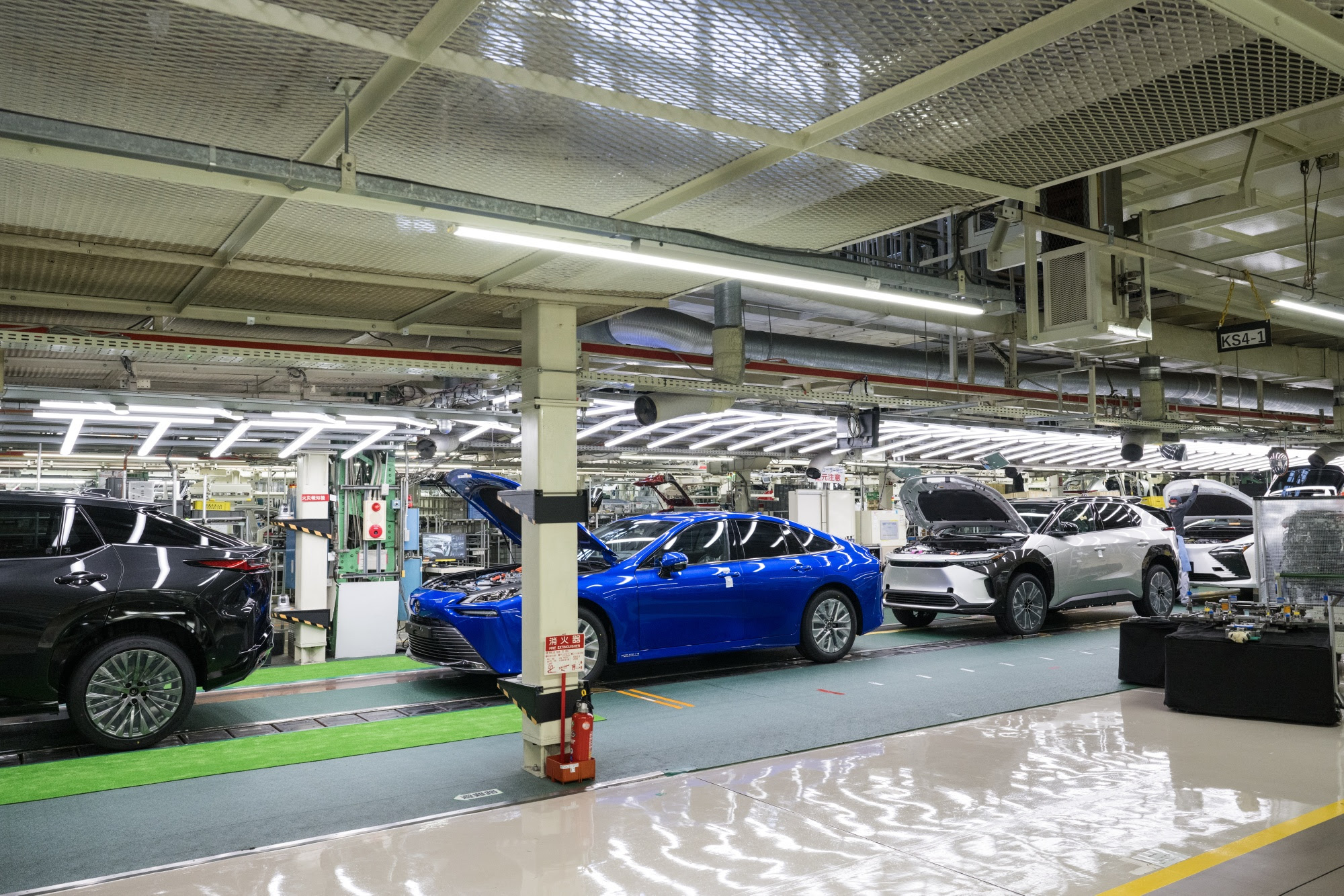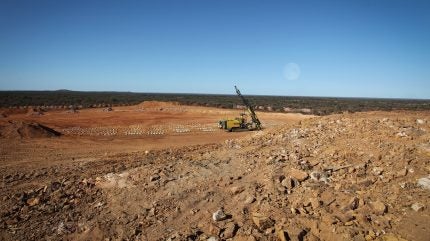Sign up for daily news updates from CleanTechnica on email. Or follow us on Google News!
Toyota knows how to build cars and trucks. In fact, it manufactures more of them every year than any other company. Many production techniques that are now common practice in the industry originated with Toyota. What the company calls TPS, which stands for Toyota Production System, puts the emphasis on lean production techniques including just-in-time delivery and “kanban” workflow organization. Its methods have since been adopted everywhere from hospitals to software firms and studied widely in business schools and boardrooms around the world.
Recently, Toyota invited members of the press (our invite must have gotten lost in the mail) to tour three of its factories in Japan, where preparations are underway for manufacturing the Toyota automobiles of the future.
The Toyota Factory Tour

Teiho factory, image courtesy of Toyota
Bloomberg did get an invite and sent a reporter to find out what was going on inside the sleeping Japanese giant. The press tour began at the Teiho plant, a two hour ride by bullet train from Tokyo. There Toyota engineers gave a briefing on the progress they have made in developing bipolar, lithium iron phosphate batteries that Toyota aims to roll out in 2026 or 2027 to power a full lineup of battery-electric cars. Toyota says it plans to manufacture 1.5 million EVs a year by the end of this decade. (Tesla says it will be making 20 million EVs a year by then.)
The engineers said they had never spoken publicly about their work before but were “happy to share their work with the world.” They highlighted the progress they have made in finding a way to evenly apply electrolytes, the metallic coating needed to build anodes and cathodes. They acknowledged that stacking the flat batteries quickly and seamlessly without damaging them remains a big hurdle before mass production can begin. But once they get the manufacturing process figured out, the batteries they are working on will improve range by 20%, reduce costs by 40%, and charge to 80% capacity in 30 minutes or less.

Myochi factory, image courtesy of Toyota
Then it was off to the Myochi plant, where the company is working on high pressure casting for some of the components of future cars. This is a technique first pursued by Tesla after Elon Musk saw a diecast model of a Model S and asked his engineers to investigate further. Toyota is planning to cast the frame of a car in three pieces in 3 to 4 years. The casting machine Toyota is using has 4000 pounds of pressure. The press Tesla will need to do one-piece castings will have an operating pressure of 16,000 pounds.
Reuters says Toyota has been using die casting techniques for many years and has developed molds that can be quickly replaced — something that needs to happen regularly with high pressure casting. The company says it can change a mold in 20 minutes, a process that normally takes up to 24 hours to accomplish. The ability to replace a mold so quickly translates into a 20% boost in productivity, the company says.
Toyota Manufacturing Innovations

Motomachi factory, image courtesy of Toyota
The last stop on the press junket was the Motomachi plant, Toyota’s oldest and biggest factory. There, engineers are developing what they call a self-propelled BEV assembly line. This is pure genius. Typically, the cars being made in a factory are carried along on a conveyor system that brings them to various work stations where components are added. Those conveyor systems are expensive to install and require lots of maintenance.
Toyota figured out that once a battery, motor, and wheels are installed, a chassis can drive itself to each of those work stations, since there are no exhaust emissions to pollute the air inside a factory. A simple remote control device connected to a series of surveillance cameras will guide each vehicle through the factory. What a perfect way to leverage the advantages of electric cars! It also begs the question, why do we want those harmful pollutants in the air outside the factory?
Toyota says this new production technique is in keeping with its TPS philosophy, which stresses functionality and seeks to minimize waste, while always striving for incremental refinement of any process in order to perfect the final product. The company says it will reduce upfront plant investments and improve the flexibility of assembly lines when they need to be adjusted or adapted to build new models.
During the press tour, that factory was manufacturing nine different models — from sedans and compact minivans to fully electric vehicles and police cars — on a single manufacturing line, while rolling platforms with integrated tools made it possible for each worker to move quickly from one car to the next.
But Wait, There’s More!
Once the newly minted cars exit the factory, they have to be shuttled to storage areas and then driven to the tractor trailers that will deliver them to trains, ships, or showrooms. Here again, Toyota has found a way to automate that process to make it more efficient and thus cost effective.
A self-driving transport robot at the Motomachi plant in Toyota City now ferries new vehicles across a 40,000 square meter (10 acre) parking lot, a job typically done by human drivers. The truck drivers who load the cars on trailers walk an average of 8 km (5 miles) a day to go get the cars and bring them to the trailers. More time walking the lot means less time driving and lower productivity. The automaker says it will have 10 of those robots operating in Motomachi by next year and will consider using them at other factories as well. It could also sell the robots to other companies.
The Takeaway
Some readers may see all this press hoopla as self-serving and a little underwhelming, coming from the largest car company in the world by volume. The timelines seem too long, considering how rapidly the EV revolution is moving these days.
But Bloomberg points out the real story is how willing the company is to let the press see inside what are normally very secretive places in the world of Toyota. Credit new CEO Koji Sato, who took over the reins from Akio Toyoda in April. The cool breeze of change has been in the air at Toyota ever since.
It is pretty clear that not all major car companies are going to make the switch to electric cars successfully. We can’t say who will and who won’t survive, but a shakeout is coming and it will not be kind to some. Despite its size, Toyota remains on the list of companies who may fall by the wayside as the EV revolution moves forward.
Its early efforts to manufacture compelling electric cars have only been partially successful. There are many who doubt whether Toyota has the ability to go toe-to-toe with Tesla and succeed. “We’ll see,” said the Zen master.
Have a tip for CleanTechnica? Want to advertise? Want to suggest a guest for our CleanTech Talk podcast? Contact us here.
EV Obsession Daily!
I don’t like paywalls. You don’t like paywalls. Who likes paywalls? Here at CleanTechnica, we implemented a limited paywall for a while, but it always felt wrong — and it was always tough to decide what we should put behind there. In theory, your most exclusive and best content goes behind a paywall. But then fewer people read it!! So, we’ve decided to completely nix paywalls here at CleanTechnica. But…
Thank you!
Tesla Sales in 2023, 2024, and 2030
CleanTechnica uses affiliate links. See our policy here.




